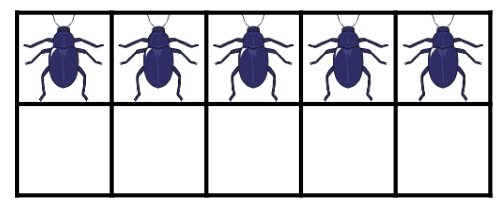Myths about teaching can hold you back
- Year 1
Represent the numbers 6 to 10 using a five and a bit structure
I can represent the numbers 6 to 10 on my fingers and tens frames using the 5 and a bit structure.
- Year 1
Represent the numbers 6 to 10 using a five and a bit structure
I can represent the numbers 6 to 10 on my fingers and tens frames using the 5 and a bit structure.
These resources will be removed by end of Summer Term 2025.
Switch to our new teaching resources now - designed by teachers and leading subject experts, and tested in classrooms.
These resources were created for remote use during the pandemic and are not designed for classroom teaching.
Lesson details
Key learning points
- The numbers 6 to 9 are composed of 5 and a bit.
- Fingers and tens frame representations draw attention to the five and a bit structure.
- There are 5 fingers on each hand.
- Ten is composed of 5 and 5.
Keywords
Five and a bit - The numbers 6 to 10 can be made with 5 and a bit more.
Count - Count means to say the number names in order, the last number tells how many there are in the whole set.
Common misconception
Children may not be able to recognise five fingers on a hand or subitise numbers up to five in familiar arrangements such as dice patterns.
Play games to practise subitising and recognising five e.g. dominoes or dice games and finger games such as bunny ears. Allow regular opportunities for pupils to familiarise themselves with common patterns of numbers.
To help you plan your year 1 maths lesson on: Represent the numbers 6 to 10 using a five and a bit structure, download all teaching resources for free and adapt to suit your pupils' needs...
To help you plan your year 1 maths lesson on: Represent the numbers 6 to 10 using a five and a bit structure, download all teaching resources for free and adapt to suit your pupils' needs.
The starter quiz will activate and check your pupils' prior knowledge, with versions available both with and without answers in PDF format.
We use learning cycles to break down learning into key concepts or ideas linked to the learning outcome. Each learning cycle features explanations with checks for understanding and practice tasks with feedback. All of this is found in our slide decks, ready for you to download and edit. The practice tasks are also available as printable worksheets and some lessons have additional materials with extra material you might need for teaching the lesson.
The assessment exit quiz will test your pupils' understanding of the key learning points.
Our video is a tool for planning, showing how other teachers might teach the lesson, offering helpful tips, modelled explanations and inspiration for your own delivery in the classroom. Plus, you can set it as homework or revision for pupils and keep their learning on track by sharing an online pupil version of this lesson.
Explore more key stage 1 maths lessons from the Composition of numbers 6 to 10 unit, dive into the full primary maths curriculum, or learn more about lesson planning.

Licence
Prior knowledge starter quiz
6 Questions
Q1.Tick all the numerals which show how many oranges there are in this picture.
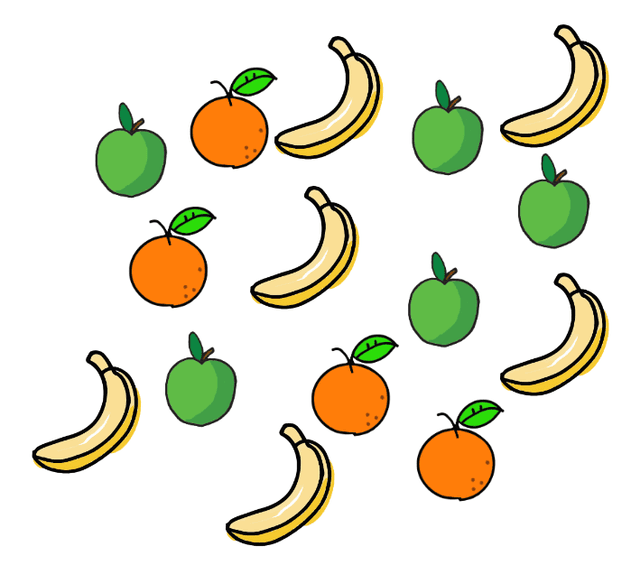
Q2.Tick all the numerals which show how many green apples there are in this picture.

Q3.Tick all the numerals which show how many bananas there are in this picture.

Q4.Match the number to the number name.
four
six
nine
ten
Q5.Which number name matches the number of fingers in the picture?
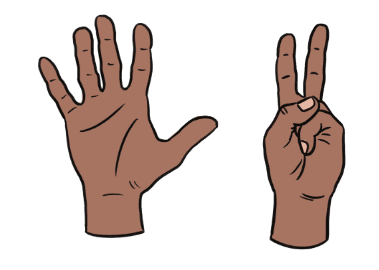
Q6.Which pictures match the number word 'eight'?
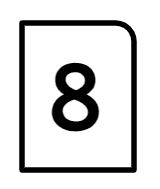
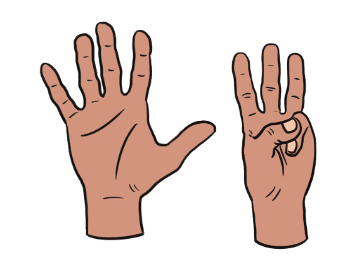
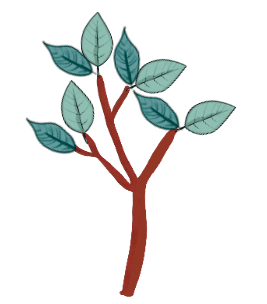
Assessment exit quiz
6 Questions
Q1.There are 7 fingers. We can say that 7 is five and more. Choose the number that completes the sentence.
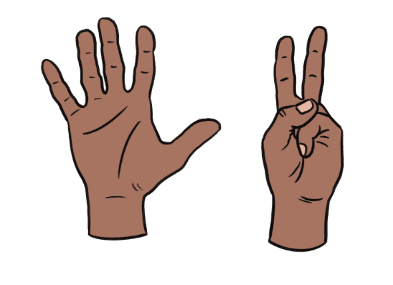
Q2.There are 6 fingers. We can say that 6 is five and more. Choose the number that completes the sentence.
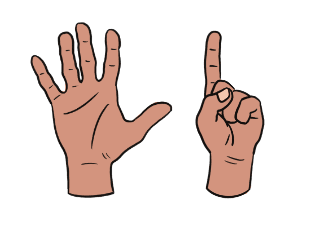
Q3.There are 8 fingers. We can say that 8 is five and more. Choose the number word that completes the sentence.
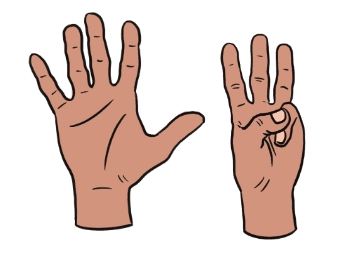
Q4.There are 9 fingers. We can say that 9 is five and more. Choose the number word that completes the sentence.
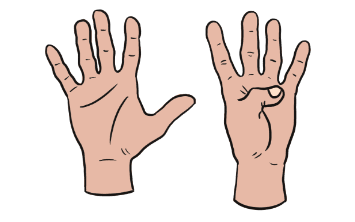
Q5.How many ladybirds can you see?
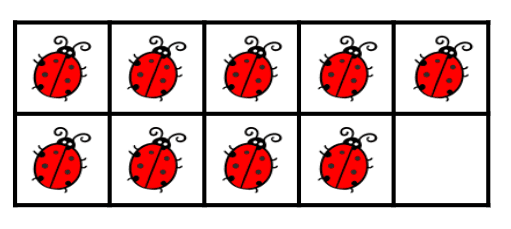
Q6.Alex wants to show 7 beetles. How many more does he need?
